Meet Ryan Shannon | Film Editor & Storyteller

We had the good fortune of connecting with Ryan Shannon and we’ve shared our conversation below.
Hi Ryan, why did you pursue a creative career?
Like many before me, I was raised on a mix of video games and classic animated movies. I was instantly enamored with the immense sense of wonder present in movies like Treasure Planet, The Road to El Dorado, and especially Up. What I had yet to discover was how important the vulnerability of their characters was in connecting me to the whimsy of their worlds. As I grew into a visibly reclusive, privately curious teen, I became intrigued with how animated films are created. I knew what cartoons looked like, but I didn’t really know what they were. When watching animators painstakingly draw characters one frame at a time, I thought to myself, “That looks miserable, how on earth do they bear to do that?” But over time that thought gradually switched from, “How do they do that?” to, “What if I could do that?”
I was attending the Academy of the Redwoods at the time, where students took college courses for high school and college credit, meaning that students could very plausibly graduate and transfer into a 4-year college as a third year. Of course, this requires that they know what they want to do with their lives at the beginning of high school. I did not. As many of my friends moved on to bigger and better things, I lingered for a few years at College of the Redwoods, figuring out what I wanted to do. I was lucky that they had a Digital Media certificate program which featured two traditional animation courses. In taking them, I designed and animated an original character (an edgy anti-hero vampire named Abraxas, of course), and created a short animatic about a kid who meets a kindly ghost in an abandoned swimming pool called Sink or Swim.
Through this process, I slowly realized that I was pursuing animation for the wrong reasons. You see, drawing never came naturally to me growing up (see Sink or Swim). In kindergarten, I would panic and ask my friends to draw for me whenever an art activity came up. (Honestly, “ask” is a generous word choice). I even struggled with my handwriting. At the same time, I had seen so many movies which idealized the “I did it!” moment when the underdog finally proves everyone wrong by succeeding where they had always failed. I had essentially fit myself into a de facto character arc, wherein I would grind away at art and animation until I became a skilled animator through sheer force of will, with little consideration for the joy (or lack thereof) which the career would bring me. In reality, although I certainly enjoyed drawing and animating, I didn’t enjoy it nearly enough to spend my life on it. In fact, had I been stubborn enough to hit that “I did it!” moment, I would have likely gone on to spend the rest of my career on a discipline that I had long-since been burnt out on. There’s also something to be said for the fact that animation is the title of both an industry, as well as a specific discipline within that industry. It’s nearly inevitable that I would be drawn to the titular role by default, even though other departments in the production pipeline better suit my strengths (this is foreshadowing, hint hint).
With this epiphany in tow, I then took an enlightening independent film production course which made me feel much more at home. Editing, in particular, felt like it was the best of both worlds for me because you don’t have to make everything from scratch, but at the same time there’s still plenty of room for creativity and experimentation. I love living in that space. On one hand, I’m working with footage that is shot to be seen and edited together, but on the other hand, there’s still plenty of space to play and experiment within the scope of that intentionality. What’s more, as an introvert who often comes across as an extrovert to fellow editors, I have been lucky to work with directors who are invested in showing up and collaborating through the post-production process. Upon deciding on film production, I went on to get a B.A in Film and Media Studies from UCI, where I worked on more independent film projects, before finally locking-in my intentions to pursue narrative film editing by completing an M.F.A in Film Production with Editing Emphasis from Chapman University.
With all that said, I would have never pursued any of this if I had not fallen so in love with the art of storytelling in the first place. I have always been completely fascinated by how you can use story structure to build an experience which, by combining the filmmaker’s lived experiences with finely tuned, empathetically charged narrative beats, you can assure that much of the audience will react and resonate with your story in the way that you intend. Pushing that idea further, I find it to be really weird and profound that I have learned as much about myself from strangers who tell stories as I have from my loved ones. Specifically, I resonate with stories that, on paper, shouldn’t work as cohesive narrative experiences, but then you experience them and realize that the factors that made you think they wouldn’t work are, in fact, fundamental to why they do work. I think of the tragic absurdity of Jojo Rabbit, a World War II film framed through the heightened, silly perspective of its child protagonist. It would be reasonable to expect telling a war story through this subjective lens to distance the audience from the horrors at its core by carelessly softening them. In practice, however, it is the way that the movie’s comedy earnestly grounds itself in the protagonist’s innocent, playful perspective which makes the tragic, tonal shift of its third act, when (spoiler alert) Jojo finds his usually energetic and uplifting mother unceremoniously dead, hanging publicly in the town square, hit harder than it would if the story was framed more objectively. Witnessing the death of this child’s innocence in a movie that had been so fun up until that point made me think on when I had lost much of my own innocence and how, in a way, pursuing filmmaking is a way for me to care for what’s left of it. Similarly, Kingdom Hearts is an absurd video game (wherein anime characters coexist with Disney characters in an epic light-versus-dark story) that also gave me a sense of solidarity with its child protagonist, Sora, whose relentless silliness, optimism, and bravery in the face of danger brought me comfort at a time in my childhood when the adults in my life (despite their best efforts) made optimism feel like a mistake. For me, finding resonance and sincere, emotional authenticity in this space between creative, stylized silliness and difficult, disarming truths is what storytelling is all about. Life itself is hardly tonally consistent, after all.
At the end of the day all I really want is to tell stories that make people feel more like themselves (including but not limited to myself), through both the vulnerability of the characters and the earnest emotional maturity of the storytellers, who actively take responsibility for how they will impact their diverse audiences. I want to give people that same sense of solidarity that I found growing up. More specifically, my best-case-scenario is to work in a collaborative post-production space where we experiment and refine story structure in the edit with the goal of achieving maximally empathetic results. That’s the gist!
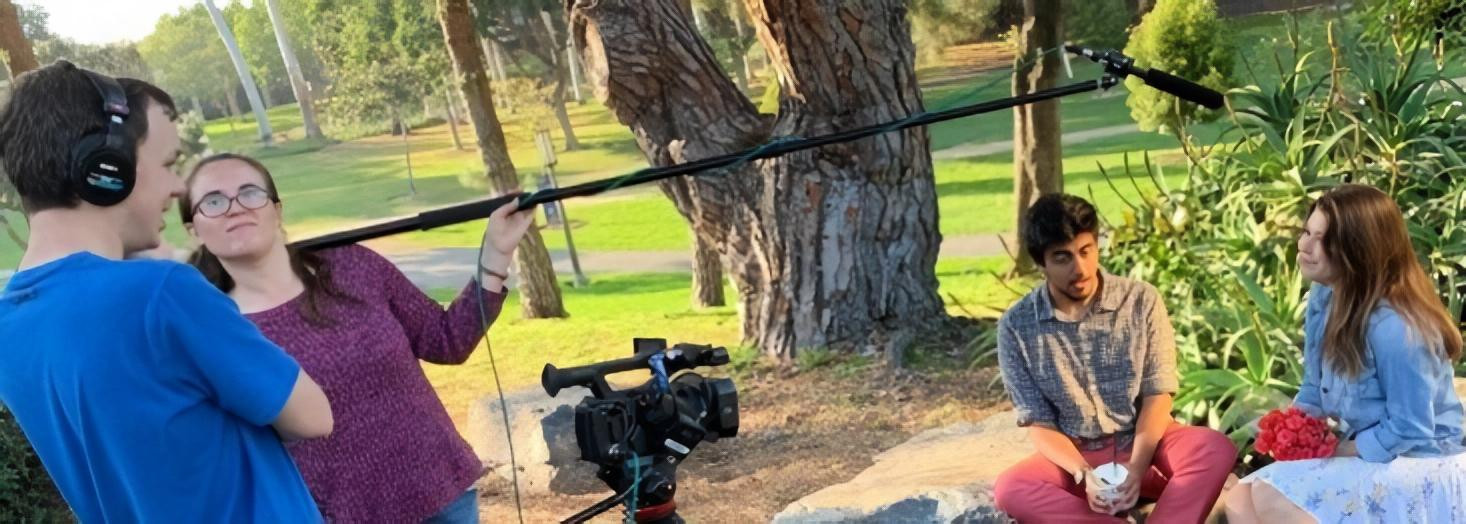
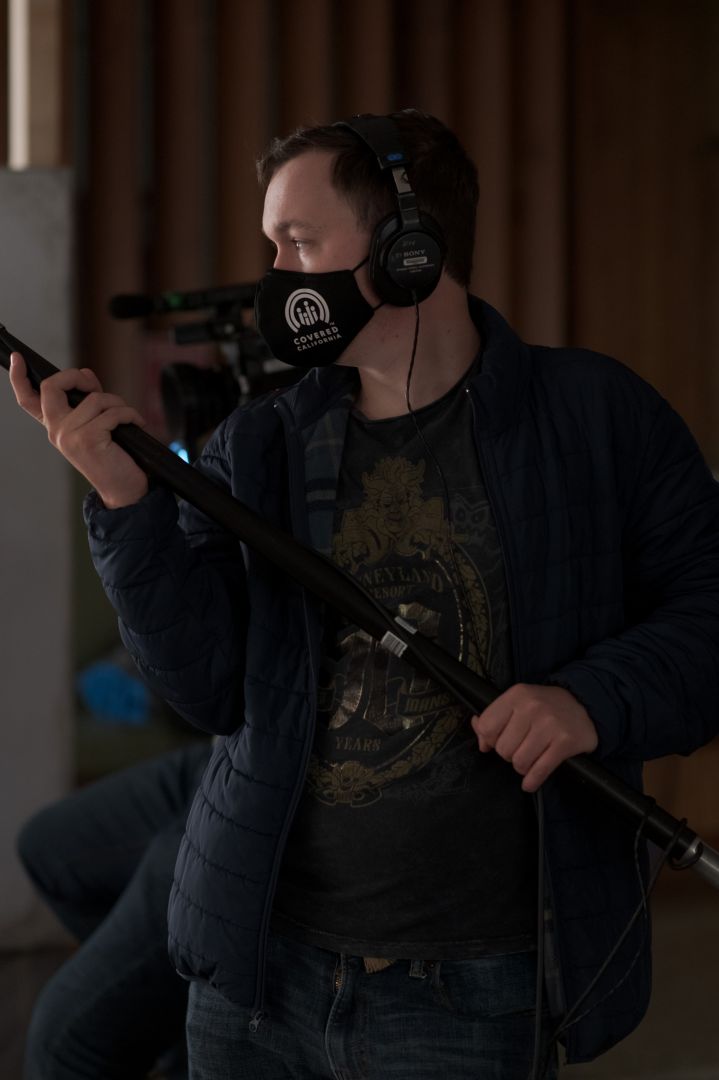
Please tell us more about your work. We’d love to hear what sets you apart from others, what you are most proud of or excited about. How did you get to where you are today professionally. Was it easy? If not, how did you overcome the challenges? What are the lessons you’ve learned along the way. What do you want the world to know about you or your brand and story?
It feels so obvious now, but the most important lesson that I’ve learned is that I’m only one person and one person cannot and should not do it all. What’s more, trying to do it all alone often results in an inferior product (and a grumpier demeanor, frankly). Part of why pursuing animation had originally appealed to me so much was because I was really drawn to the idea that I could vibe out to music while I work, thus sustaining a perfect flow-state as I painlessly complete every expressive aspect of a short film from within the safety of my work bubble. (Spoiler Alert: This is not how freelancing feels). Obviously, I was incredibly shy to the idea of collaboration back then. Even once I had moved on from animation to film production, this desire to do everything myself lingered. UCI’s School of Humanities’ film production courses generally required that each student make their own short film. Whereas many others reached out to the film community that surrounded us to assemble a crew, I did as much as I could on my own and exclusively reached out to friends with whom I had already felt comfortable for help. I didn’t use slates, wrote out my shot list on a blank piece of paper, and worked as sound mixer, cinematographer, and director simultaneously. I hardly even knew that color grading existed for that matter. Nevertheless, I thought, “I just need to get the footage. I’ll figure out the rest later” (I was an editor’s worst nightmare as it turns out). While it was certainly liberating to feel like I was leading us through the production on my own, still safe in my bubble, that feeling quickly dissipated when half of my editing time was later spent on housekeeping tasks which could have easily been prevented with greater foresight and additional guidance. Today, as an editor through-and-through, it’s interesting to look back on that time in my life when I threw caution to the wind and prioritized getting it done over doing it right now that my job is so reliant on a mix of the quality of others’ work and the diligence of my own organizational and observational skills. Someday I would love to go back and re-edit one of my older movies at my current skill level (keeping in mind that I still have much to learn), having since switched from Premiere to AVID as my primary editing software, just to see how much more conscious I am of my former mistakes and to compare how my editing style has evolved since then.
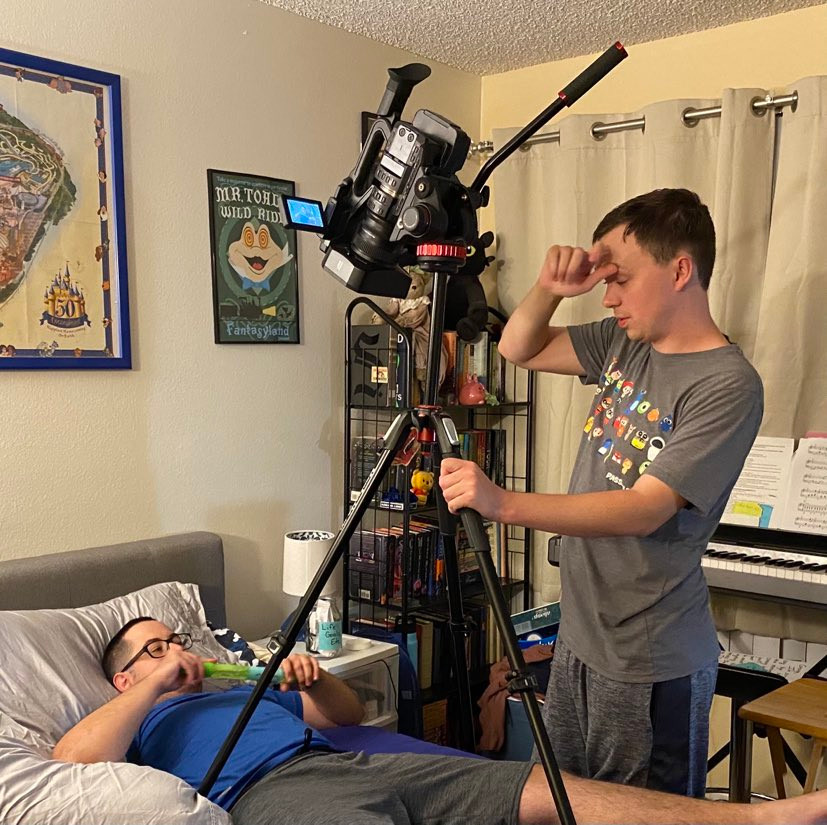
If you had a friend visiting you, what are some of the local spots you’d want to take them around to?
We would have to start out by spending a day at The Huntington Library, Art Museum and Botanical Gardens in San Marino. I adore exploring maze-like spaces, museums, and art galleries alike. The Huntington combines all of these into a really fun, unique outing that’s as peaceful as it is overwhelming with how much there is to explore. The property is huge, covering about 207 walkable acres, the gardens are gorgeous, the architecture is elaborate, and the numerous 18th-century grand manner portraits really put the scope of their subject’s lives into perspective.
We would also have to visit the Anaheim Packing House for lunch, a Sunkist Citrus packing house-turned local food market, where I would tell myself I would try something new before inevitably re-ordering the same supremely comforting caprese with tomato soup from the Black Sheep Grilled Cheese Bar that I’ve ordered dozens of times before (the Thai Tea at Mini Monster is also excellent).
Since I’ve decided that they will be visiting in October, we will spend a day doing a Knotts Berry Farm, Knotts Scary Farm combo outing. I find the vintage, old-school theme park feel of Knott’s Berry Farm to be incredibly endearing, particularly in its western ghost town. We would hit all the big coasters (Ghost Rider being the highlight among them) and convene with the quirky ghost town characters, including but not limited to Sad-Eye Joe. We would then end the night conquering the many excellent, intricately designed scare mazes that Knotts hosts.
Then we would close out their visit with a calmer picnic day spent at Newport Beach. We would chill out to the sound of the waves, enjoy some homemade food and, best-case-scenario, soar through the water via jet ski. Finally, I would have us end the final day by attending one of the Broadway-level productions hosted by the gorgeous Segerstrom Center for the Arts in Costa Mesa.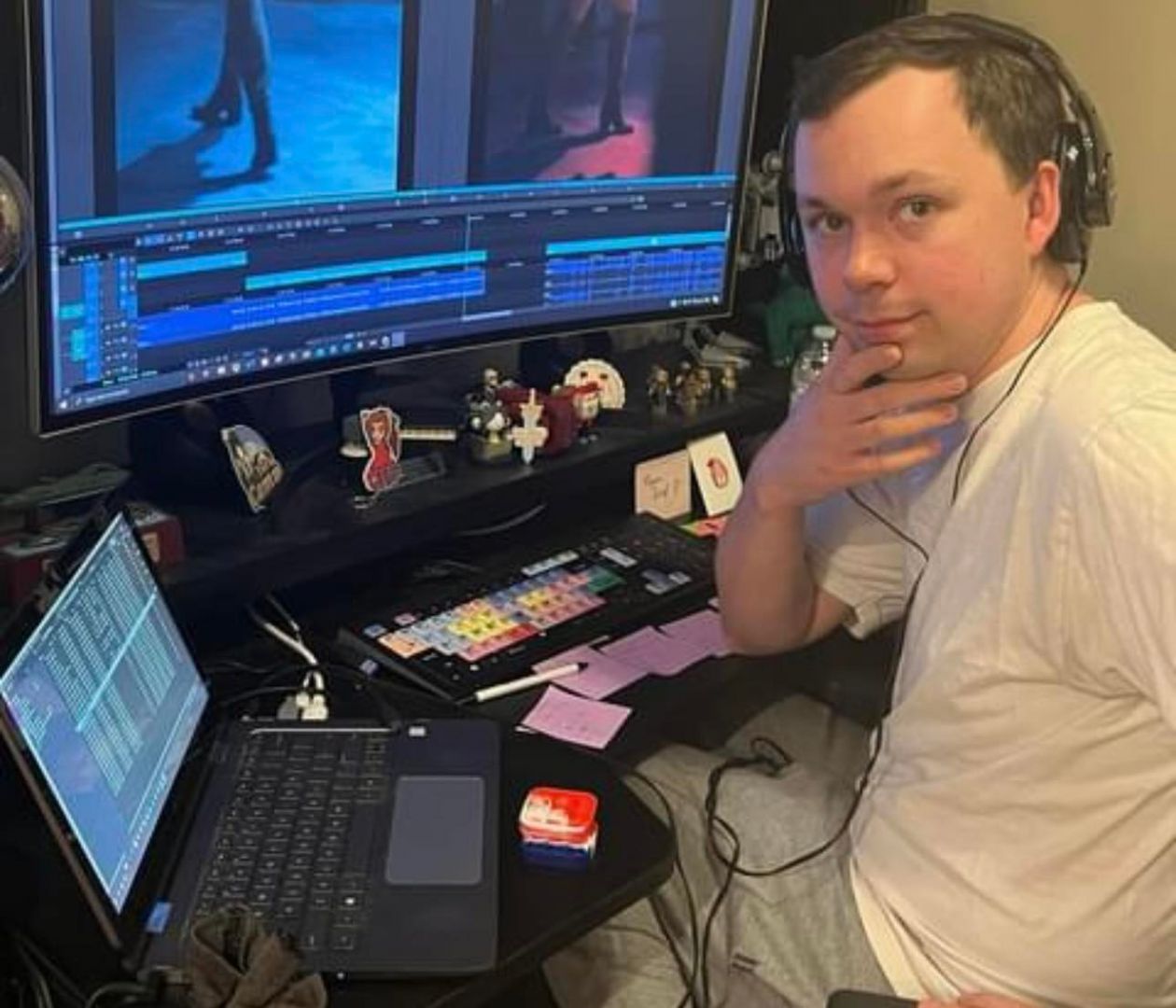
Who else deserves some credit and recognition?
Montel VanderHorck III (he also goes by Montel VanderJones) is a freelance Humboldt County filmmaker through Mercy Me Productions. He was also the professor of my first film production class, several Digital Media classes, as well as the head of the Digital Media Club in College of the Redwoods. His attentiveness, accountability, and most importantly, unfettered encouragement and support drove me to not only make my films as good as possible, but to WANT to make my work as good as possible and to continue to pursue filmmaking beyond the scope of community college. He pushed us to do our best, while making sure that our work was becoming the best version of what we wanted it to be, not what he (or anyone else) thought it should be. I will always be grateful for all his teachings and encouragement.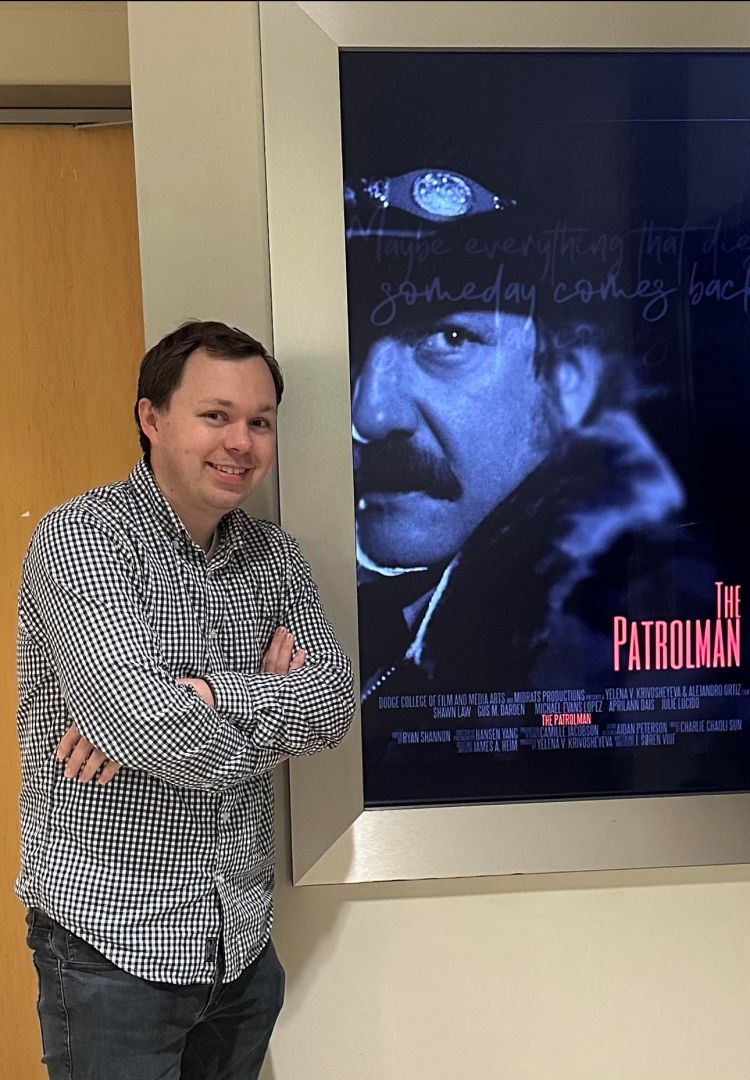
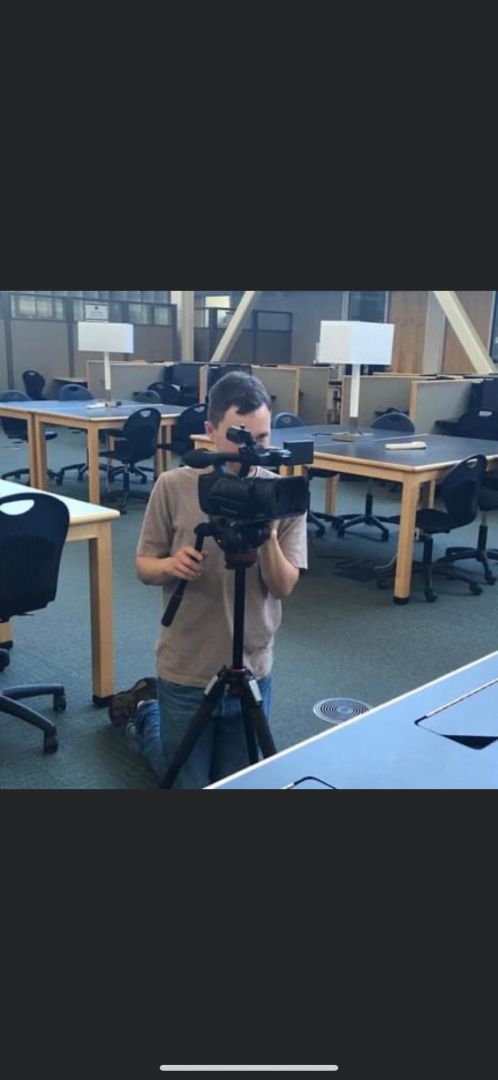
Linkedin: www.linkedin.com/in/ryan-shannon-edits
Youtube: https://www.youtube.com/channel/UCO4ZTYsVRiaEYiI4SUnbNUg
Image Credits
“Ryan Shannon – Working on Set” photo by Kaan Berkant “Ryan Shannon Directing Photo” by Daniel Medina “Ryan Shannon Boom Work” photo by Mia Miller “Ryan Shannon – Thesis Poster” photo by Sarah Paprocki. “Ryan Shannon w/Camera” photo by Larry Schoenberner “Ryan Shannon – Editing” photo by Sarah Schoenberner “Ryan Shannon – Directing 2” photo by Sarah Paprocki
